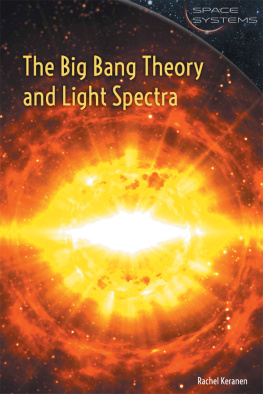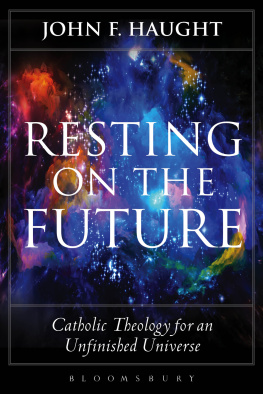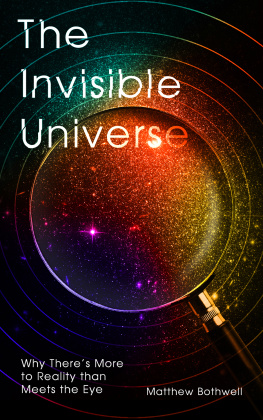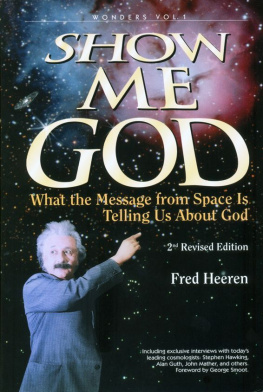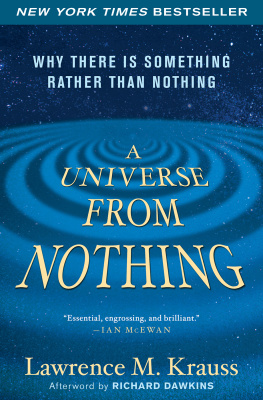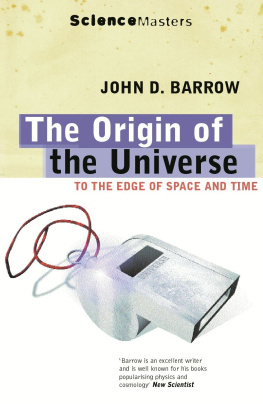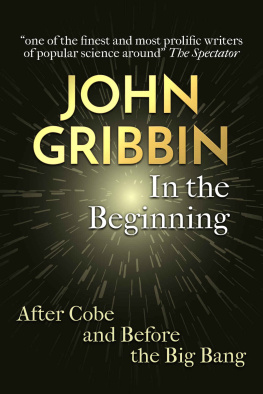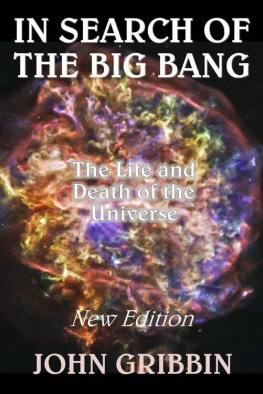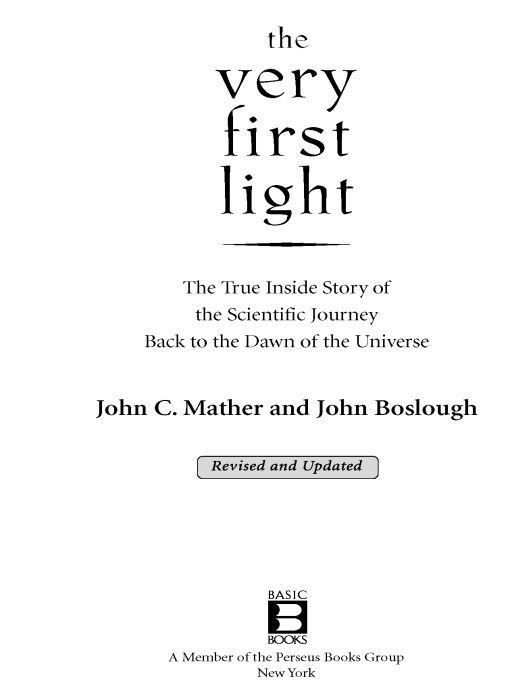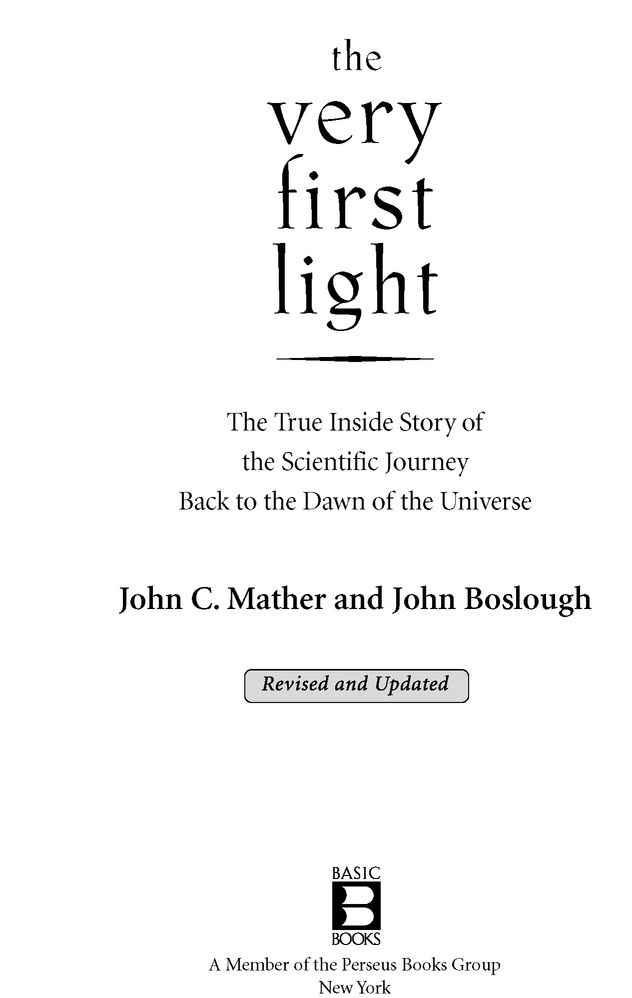Table of Contents
Table of Figures
PRAISE FOR THE VERY FIRST LIGHT
The book is clear, briskly paced and fun to read. It follows the evolution of the COBE mission, interspersed with historical asides and clear, nontechnical descriptions of the science. It is a page turner for those who want to understand how big science is done.... a more thoughtful and accurate account would be difficult to imagine. Physics Today
The very best and most edifying description I have seen of how to do big science. P. J. E. Peebles, Princeton University
The Very First Light is more about human triumphs than human failings. It is the story of an unforgettable journey back to the very moment of the creation of the universe. New Scientist
[A]n appealing book, with vivid descriptions of how administrators, scientists and engineers combined to carry off a marvelous success.
Nature
A detailed and fascinating blow-by-blow personal view of the history of COBE. It is a must read for all those interested in the history and sociology of science. Ralph A. Alpher and Robert Herman, the theorists who originally predicted Cosmic Background Radiation
Clear, revealing, and personal... Mather and Boslough deserve a standing ovation for this book, which intertwines the history of the Universe, the history of our studies of the cosmos, and the often prickly history of the COBE satellite and its astonishing findings. R. B. Partridge, Chair, Department of Physics, Haverford College
This lucid, gracefully written narrative combines a suspenseful account of how the COBE team overcame technical and bureaucratic obstacles with a concise survey of modern cosmology from Edwin Hubble to Stephen Hawking. Publishers Weekly
A compelling account of a headline-making discovery, and the human stories behind it. Arno Penzias, Nobel Laureate in Physics, author ofHarmonyandIdeasandInformation
Those who want the complete history of COBE and its observations of the [cosmic background radion] will want to read The Very First Light, which effectively describes how it felt to be at the center of the greatest effort in observational cosmology of the late 20th century.
Scientific American
This book is wonderful reading. Library Journal
Mathers portrayal of COBEs technical beginnings and achievement should entrance all readers interested in space technology and cosmology.
Booklist
This interesting insiders view involves both personalities and science. It shows both the pleasures and fights involved in one of sciences most important discoveries ever. Jay M. Pasachoff, Chair, Department of Astronomy; Director, Hopkins Observatory, Williams College
ALSO BY JOHN BOSLOUGH
Stephen Hawkings Universe
Earth: A Photographic Journey
Americas National Parks
Masters of Time: Cosmology at the End of Innocence
For my mentors,
Paul, Pat, Mike, Ray, Jane, and Nancy,
and the COBE team.
J. C. M.
For James Gibson Boslough,
my mentor for this book.
J. B.
The old men used to study the stars very carefully and in this way could tell when each season began. They would meet in the ceremonial house and argue about the time certain stars would appear, and would often gamble about it. This was a very important matter.
CAHUILLA (California) Indian story
The most beautiful experience we can have is the Mysterious. It is the fundamental emotion which stands at the cradle of true art and true science.
ALBERT EINSTEIN (The World as I See It)
When a man has a certain fantasy, another man may lose his life, or a bridge is built.... Everything you do hereall this, everything, was a fantasy to begin with, and fantasy has a proper reality. That is not to be forgotten; fantasy is not nothing. It is, of course, not a tangible object; but it is a fact, nevertheless.
CARL JUNG, in an interview with Richard Evans in Jung on Elementary Psychology
ACKNOWLEDGMENTS
MANY PEOPLE have been exceedingly generous with us with their time, knowledge, or ideas, some of whom put in appearances in the book and some who do not. We cannot begin to thank them all enough, but will try. We appreciate the assistance and support given us by members of the COBE science team, whose calendars often are filled to overflowing: Charles Bennett, Edward Cheng, Eli Dwek, Samuel Gulkis, Michael Janssen, Thomas Kelsall, Phillip Lubin, Stephan Meyer, S. Harvey Moseley Jr., Thomas Murdock, Richard Shafer, Robert Silverberg, George Smoot, and Edward Wright. We appreciate especially the time and thoughts of COBE science team members Nancy Boggess, Michael Mauser, Rainer Weiss, and David Wilkinson, without whose gracious help this book would be far from complete. Together they provided invaluable information and fresh details about the inner workings of the NASA bureaucracy and the early years of the exploration of cosmic background radiation; without their input, many of COBEs significant historical antecedents would never have surfaced here.
Other individuals who work or once worked for NASA as civil servants or contract employees or outside contractors also helped, by sharing their recollections, by reviewing the manuscript, or simply by providing support: Susan Adams, Anthony Fragomeni, David Gilman, Richard Isaacman, Dennis McCarthy, Franklin Martin, John Wolfgang, H. Richard Freeman, Steven Paddack, Martin Donohoe, Robert Maichle, Michael Ryschkewitsch, Michael Roberto, Dennis Evans, Ramesh Sinha, Lawrence Watson, Olof Bud Bengtson, Richard Hopkins, Richard Herring, Daniel Payne, Claire L. Parkinson, and Gerald Godden. We also thank Keay Davidson, who painstakingly gathered voluminous and invaluable research material; John Brockman and his associates in New York; and Susan Rabiner, senior editor at Basic Books, with whom we participated in an invaluable prebook conference that stayed with us throughout the project. Physicists, astronomers, and others who either helped directly in the preparation of the manuscript or otherwise provided useful ideas or support include: Ralph Alpher, Robert Herman, Arno Penzias, Robert Wilson, Jeremy Bernstein, P. J. E. Peebles, and the staff of the Niels Bohr Library at the American Institute of Physics in College Park, Maryland.
From John Mather: I extend special thanks to my mentors over the years. My parents encouraged me in a very nondirective way from an early age to follow my scientific inclinations, and my father taught me statistics. Paul Richards at Berkeley taught me experimental physics and designed the apparatus that started us on the road to measuring the cosmic background radiation spectrum, and my fellow graduate student David Woody made our balloon payload work. Patrick Thaddeus at the Goddard Institute for Space Studies encouraged me to develop the COBE idea and pointed me toward the right people. Mike Hauser hired me at Goddard, watched over my entire professional career, and set me some nearly impossible tasks, all the while showing scrupulous attention to detail, compassion, and examples of gentlemanly behavior. Nancy Boggess strongly supported the COBE Project at NASA Headquarters and then came to Goddard to work as deputy project scientist, where she was a wise advisor and a demon for work.


